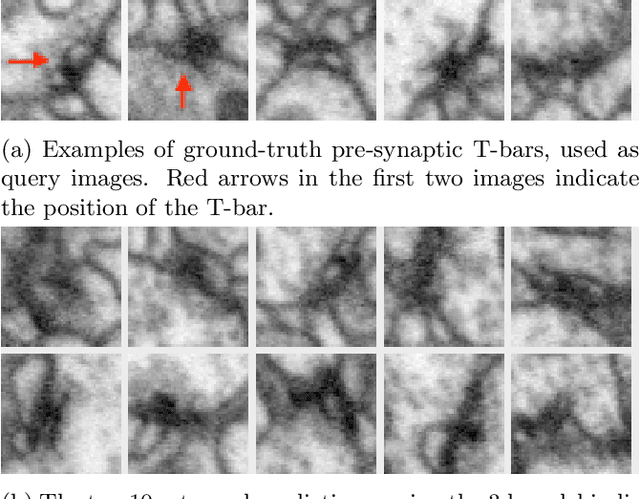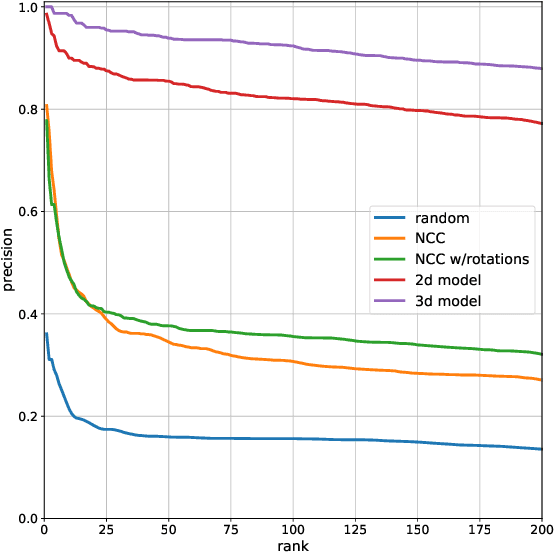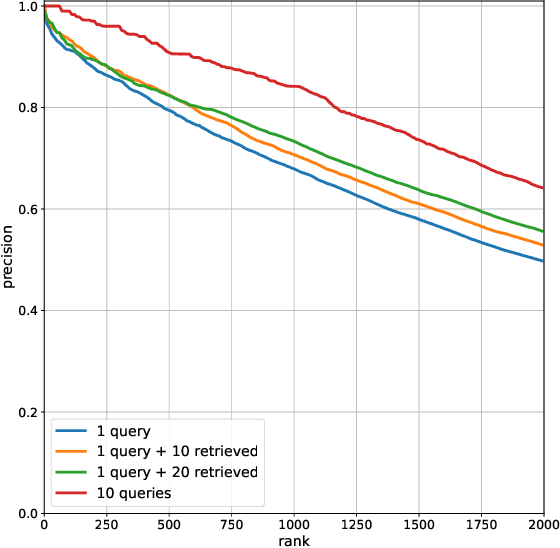Latent Feature Representation via Unsupervised Learning for Pattern Discovery in Massive Electron Microscopy Image Volumes
Paper and Code
Dec 22, 2020



We propose a method to facilitate exploration and analysis of new large data sets. In particular, we give an unsupervised deep learning approach to learning a latent representation that captures semantic similarity in the data set. The core idea is to use data augmentations that preserve semantic meaning to generate synthetic examples of elements whose feature representations should be close to one another. We demonstrate the utility of our method applied to nano-scale electron microscopy data, where even relatively small portions of animal brains can require terabytes of image data. Although supervised methods can be used to predict and identify known patterns of interest, the scale of the data makes it difficult to mine and analyze patterns that are not known a priori. We show the ability of our learned representation to enable query by example, so that if a scientist notices an interesting pattern in the data, they can be presented with other locations with matching patterns. We also demonstrate that clustering of data in the learned space correlates with biologically-meaningful distinctions. Finally, we introduce a visualization tool and software ecosystem to facilitate user-friendly interactive analysis and uncover interesting biological patterns. In short, our work opens possible new avenues in understanding of and discovery in large data sets, arising in domains such as EM analysis.
 Add to Chrome
Add to Chrome Add to Firefox
Add to Firefox Add to Edge
Add to Edge